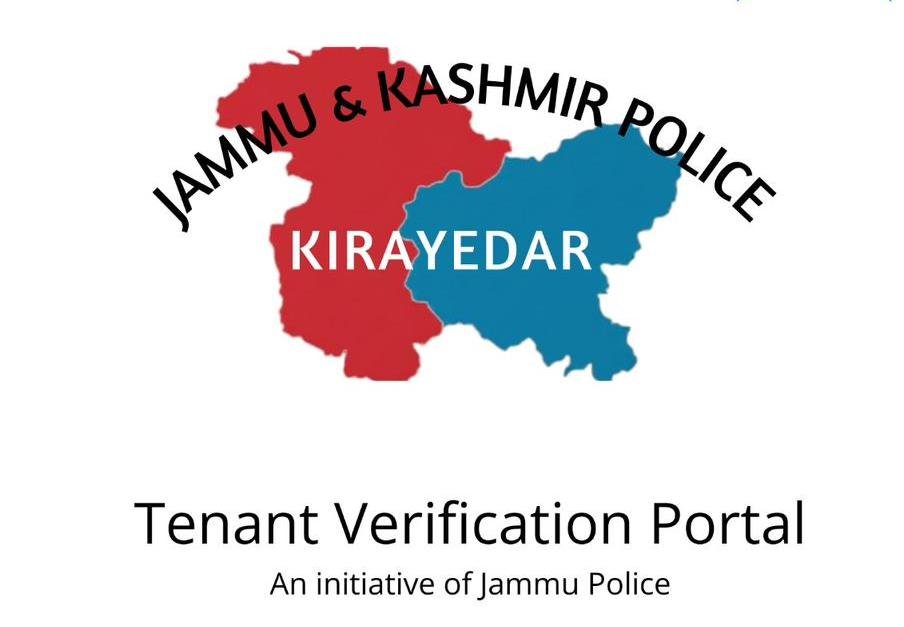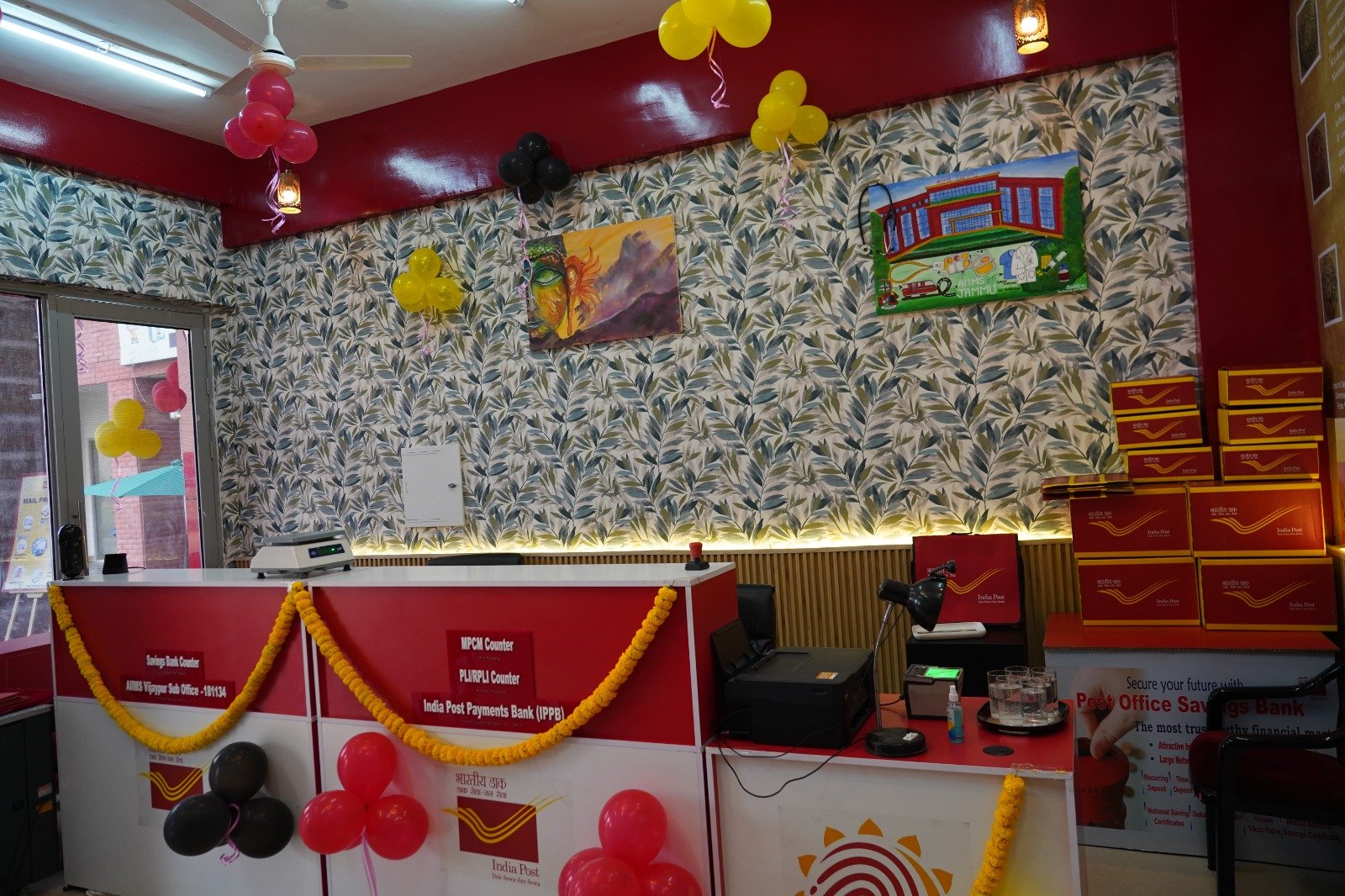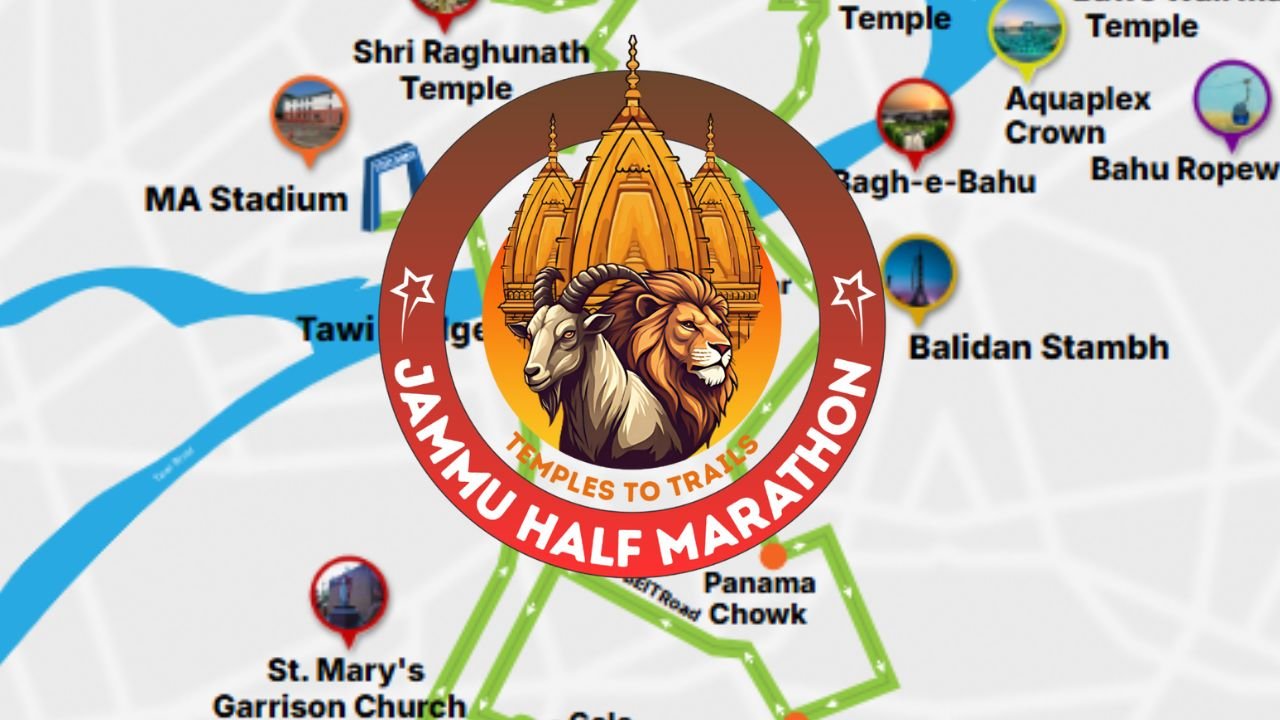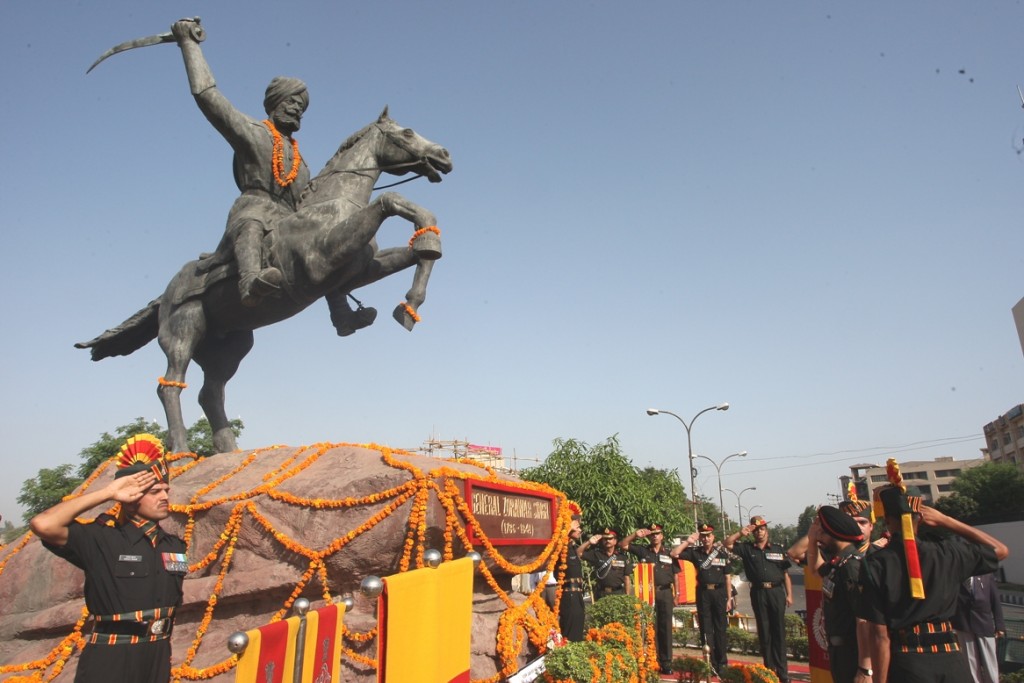Sanitation in Jammu & Kashmir (J&K) is among the worst in India, with around 59 percent of households without a toilet.
According to the data available on Swachh Bharat Mission dashboard, over 2 lakh (2,02,238) individual household toilets were constructed in rural J&K after the launch of Swachh Bharat Abhiyan in 2014.
In the last three years, the state’s sanitation coverage has improved only to 40.97 percent from 20.38 percent in 2014. Only Bihar with sanitation coverage of 32.41 percent seems to be doing worse. Notable to mention that the J&K government aims is to goopen defecation free(ODF) by October 2019.
Only 412 villages out of 6694 are ODF, which calculates to just 6.15 percent of the total villages. Even the sanitation situation in urban areas of the state is not very promising too as only 1,851 individual toilets have been constructed against staggering 80,458 applications, as per the Swachh Bharat Mission dashboard.
According to M.M Rehman Ghasi, Director, Rural Sanitation, Jammu & Kashmir, ‘the lack of sanitation awareness among people living in rural areas is not just the only factor behind the state’s poor sanitation scenario. The law and order situation in Kashmir, along with connectivity issues and communication barriers in the remotest villages, also plays a factor for the limited sanitation coverage.’
“In this financial year, the government has sanctioned Rs.147 crore, out of which Rs.73.91 crore have been utilized for providing toilets to people in rural areas,” Mr Ghasi added.
When it comes to sanitation coverage in schools, the government has made significant improvements. According to data from the state’s Unified District Information System for Education, over 6,351 schools lacked toilets for girls and 8,098 were without toilets for boys in year 2014-15. Now, over 94 percent of schools are equipped with toilet facilities for girls and 92 percent of schools have toilets for boys.
In addition to schools, there are other examples as well which show some signs of hope in the otherwise dismal sanitation scenario.
One such example is Reasi, the first block in J&K to be declared open defecation free. Reasi comprises 13 panchayats and is a remote area with tough topography, where women took out torch rallies, went from house to house, street to street and inspired people to stop defecating in the open and build toilets. Notably, over 4,000 toilets were constructed in Reasi in the span of three months, confirmed Ravinder Kumar, Deputy Commissioner, Reasi.
Even Prime Minister Narendra Modi on his monthly radio programme ‘Mann Ki Baat’ applauded this feat and congratulated women for being on the forefront and putting in relentless efforts to spread awareness about the ill effects of open defecation.
Another motivating example comes from Jammu & Kashmir’s Leh district, which is one of the three districts along with Kargil and Srinagar to become open defecation free. The district, achieved this feat with the use of dry compositing toilet, which processes human waste on the spot and turns it into manure in 15-20 days. Parameswaran Iyer, Secretary, Ministry of Drinking Water and Sanitation also tweeted to congratulate the district for achieving this challenging feat.
In Jammu, where the law and order situation is relatively under control as compared to other regions of the state, a total of 13,112 applications to construct individual household toilets were received. Out of which 11,514 applications have been verified by the government and 6,186 applications have already been approved.
(As reported by NDTV)















